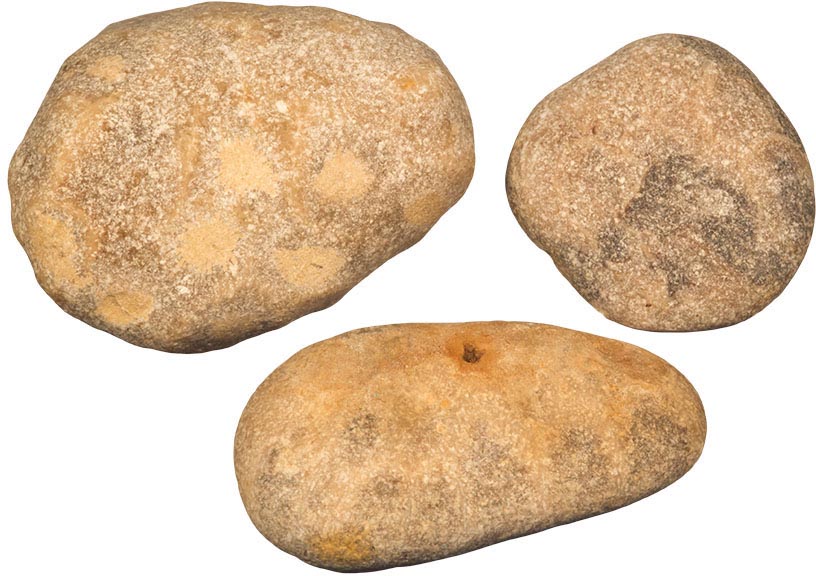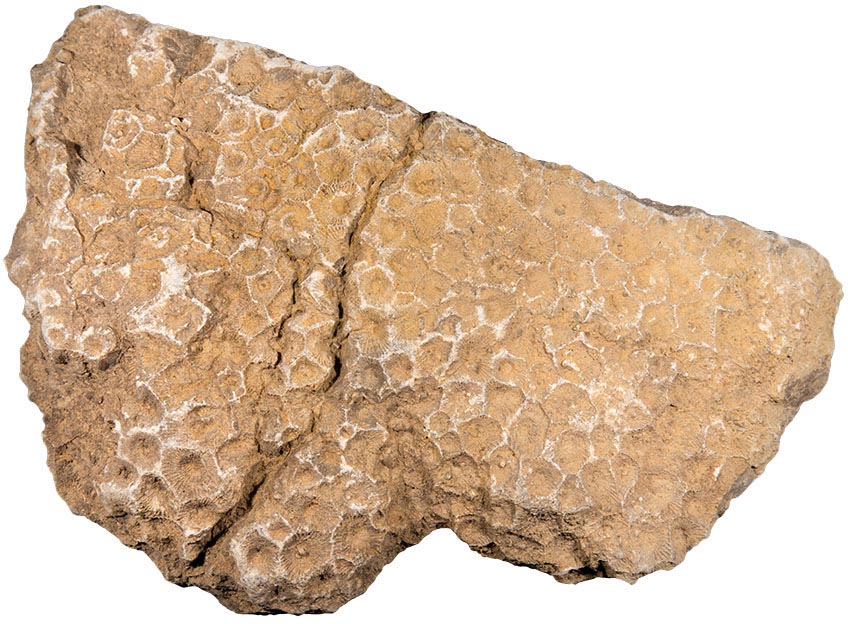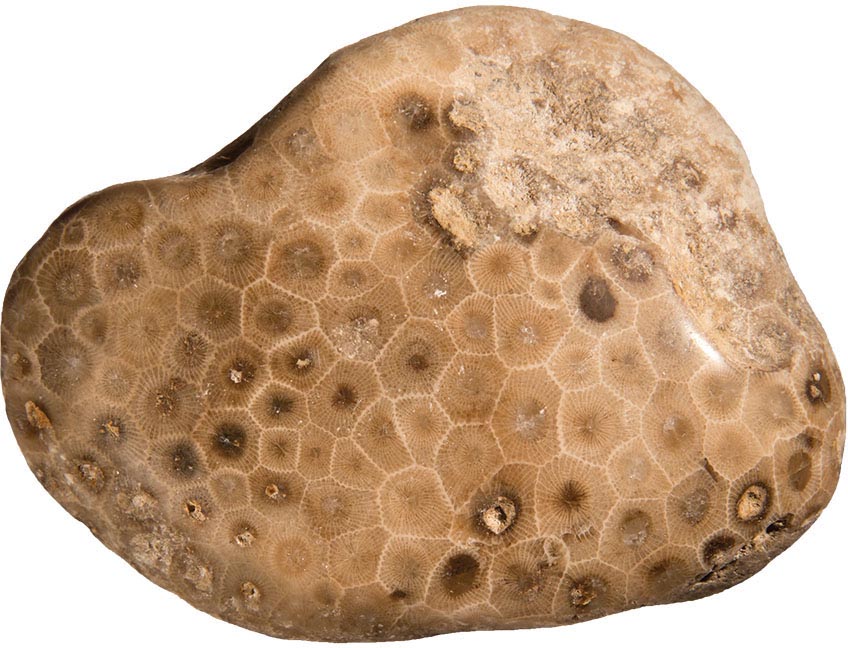
While collecting Petoskey stones is an activity best appreciated for promoting an understanding of natural history, for many collectors it is undeniable that some specimens can be valuable. Once a specimen is collected, many hobbyists’ next question is, “what is this worth?” The answer is, of course, that your specimen is worth whatever someone is willing to pay. This is because the valuation of Petoskey stones is very subjective. Size, clarity of pattern, color, and overall shape and condition of the stone are all factors that come into play. Stones that show interesting features, such as the underside of a coral dome or attached fossils of other animals, will fetch higher prices than more mundane samples. And popularity and location are something to keep in mind too. While specimens are common in the Little Traverse Bay region, they are also more popular there than anywhere else. Outside of Michigan, however, the value of small, average specimens plummets, while exceptional specimens retain their value.
In general, the most valuable specimens will be those that are fist-sized or larger with particularly bold, clear patterns and coral structure. Red or pink colorations are rare and will help increase a specimen’s value dramatically. And polished specimens frequently fetch higher prices, but not always; sometimes a rough sample will have enough character and quality to stand on its own merit. In all cases, remember that the price you can expect to receive from a shop owner or professional collector will be less than the retail value of a stone. If your specimen is valued at $20 retail price, you can expect to receive half (or less) of that amount.
Most Petoskey stones are inexpensive, with small, average quality, unpolished specimens frequently fetching $1 or less. Finer, larger specimens often land in the range of $10 to $50, but only the finest, most interesting, and best-patterned pieces will reach the $100 price point and up. Don’t be disheartened if your specimens aren’t worth much; there are always more and better specimens out there to be found.

Average beach-worn specimens like these, which measure about 2–3 inches across, are frequently under $1 each in value and are often bought and sold in bulk quantities.

This larger, rough specimen, measuring about 8 inches across, may show more detail than a water-worn sample, but its ragged appearance keeps it from being very valuable, and it is worth under $20.

This polished specimen, measuring about 7 inches across, shows clear, bold patterning over most of the surface of the stone. While not a museum-grade specimen, it is still a desirable example that any collector would be proud to find; it is worth $25–$50.